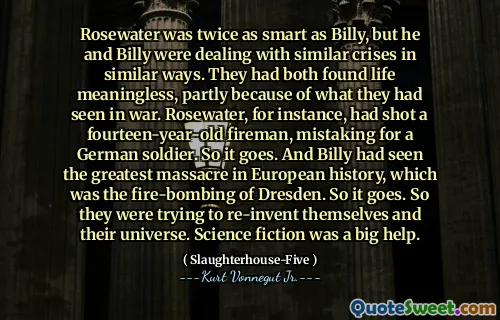
The Three Theorems of Psychohistorical Quantitivity: The population under scrutiny is oblivious to the existence of the science of Psychohistory. The time periods dealt with are in the region of 3 generations. The population must be in the billions {±75 billions} for a statistical probability to have a psychohistorical validity.
Isaac Asimov's formulation of the Three Theorems of Psychohistorical Quantitivity offers a fascinating glimpse into the limits and conditions necessary for the application of statistical and predictive modeling to large-scale human behavior. The first theorem highlights a fundamental challenge: the subjects of analysis are generally unaware of the scientific frameworks applied to them, which mitigates concerns about altering their natural behaviors but also suggests a detachment from their conscious self-understanding. The second theorem emphasizes the importance of the temporal scope, focusing on approximately three generations—roughly a century—to capture meaningful trends and patterns. This echoes the idea that societal shifts and collective behaviors are most coherent and analyzable over such lengthy time frames, allowing for the emergence of macro-level regularities rather than volatile fluctuations seen over shorter periods. The third theorem addresses the sheer scale necessary for statistical validity, positing that populations in the vicinity of 75 billion are needed to attain reliable psychohistorical predictions, thus underlining the importance of scale and large data sets for accuracy. This concept integrates elements of sociology, psychology, history, and mathematics, illustrating the multidisciplinary nature of psychohistory. From a broader perspective, these theorems reveal the implicit dependencies and prerequisites for applying predictive sciences to societies, reminding us of the complexity, scale, and temporal considerations involved. They challenge us to think about how modern big data and artificial intelligence might approach similar endeavors, and whether currently or in the future, we can get close to the kind of predictive mastery depicted in Asimov’s universe.
(Foundation) - author: 'Isaac Asimov'






